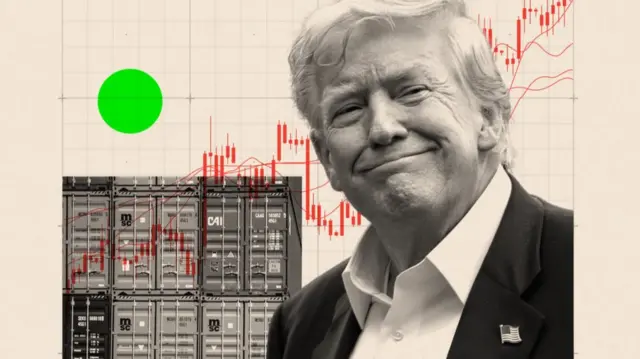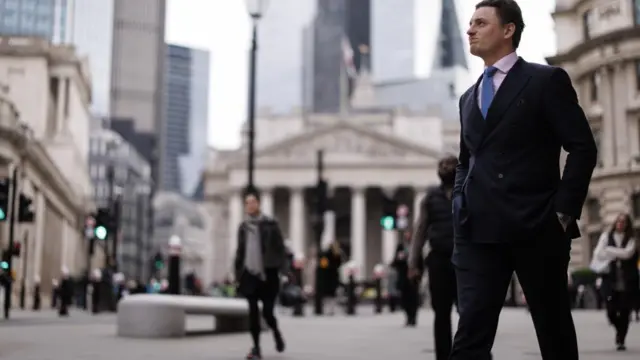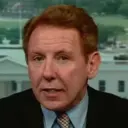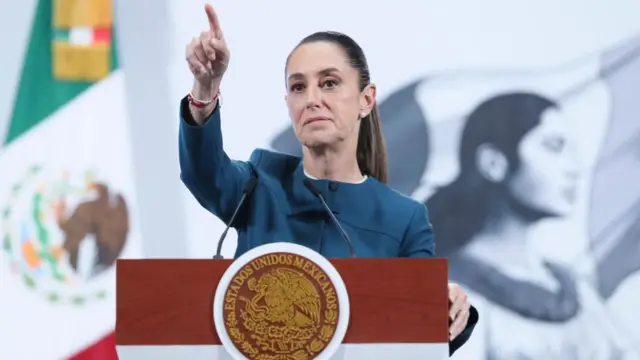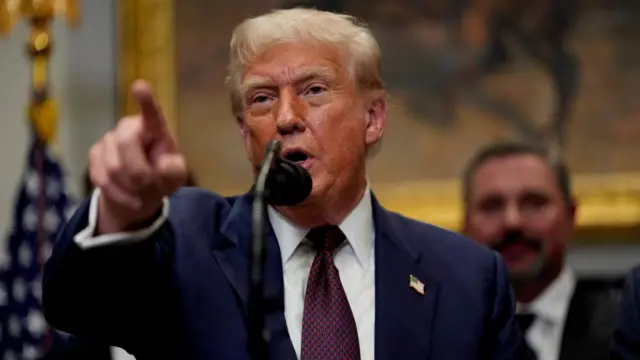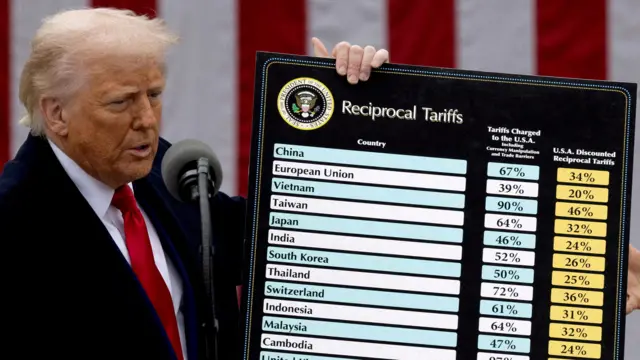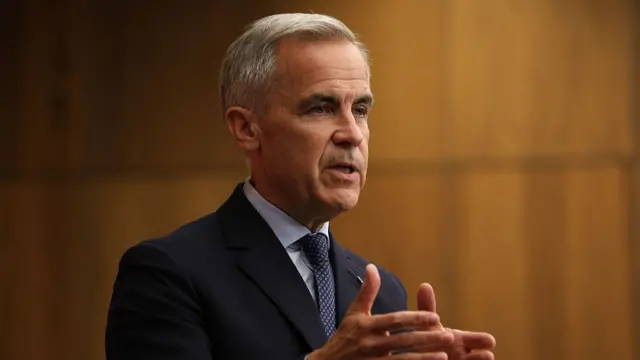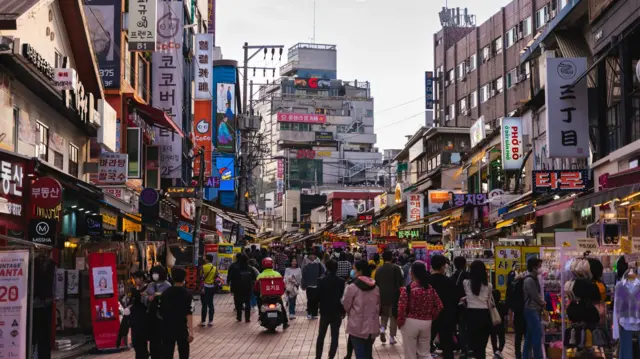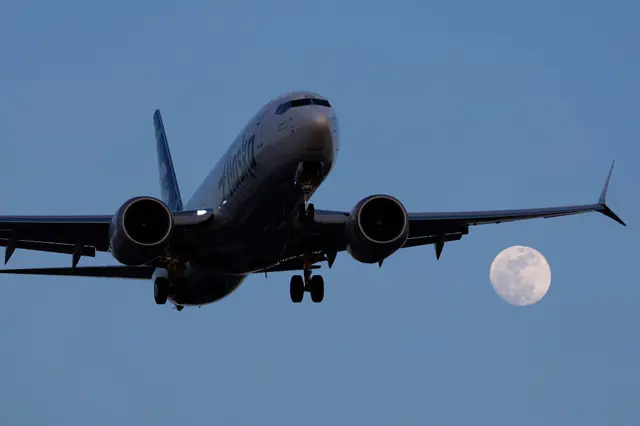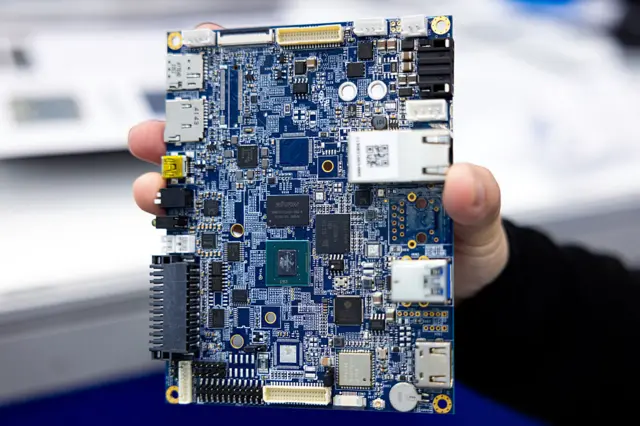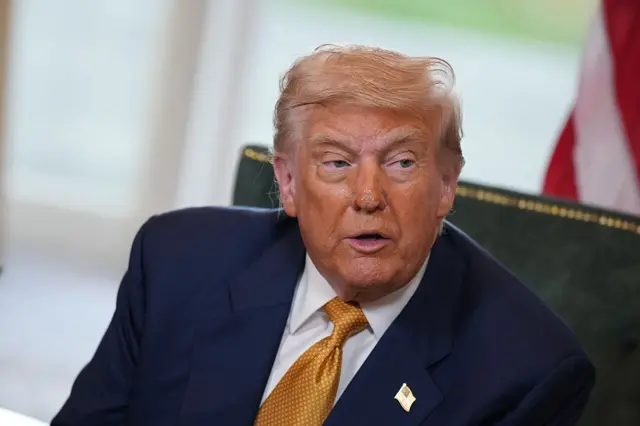What has Trump said after new tariffs announcement?published at 08:46 BST 1 August
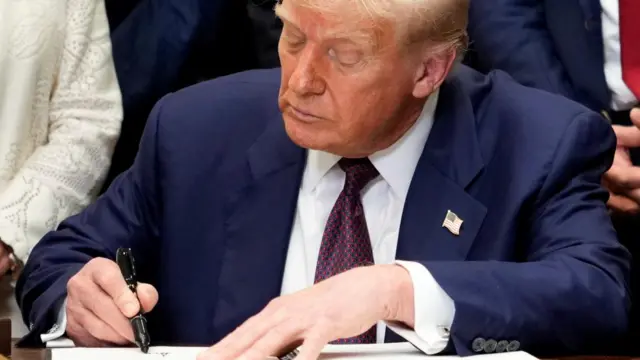 Image source, Reuters
Image source, ReutersFollowing the announcement of new tariff rates, President Donald Trump spoke to NBC News - here’s a recap of what he has said.
- The president said his tariff roll out is going "very well, very smooth"
- After Canada was hit with tariffs of 35% - up from 25% - Trump said he’s open to continued trade talks with his northern neighbour
- Trump also said it’s now "too late" for countries to strike any deals before these new tariff rates come into effect, but didn’t rule out "some kind of a deal" in four weeks after they take effect
- Asked whether he’s worried about possible spikes in prices for imported goods, Trump instead pointed to revenue from the tariffs, saying: "The only price that’s spiked is the hundreds of billions of dollars coming in"
